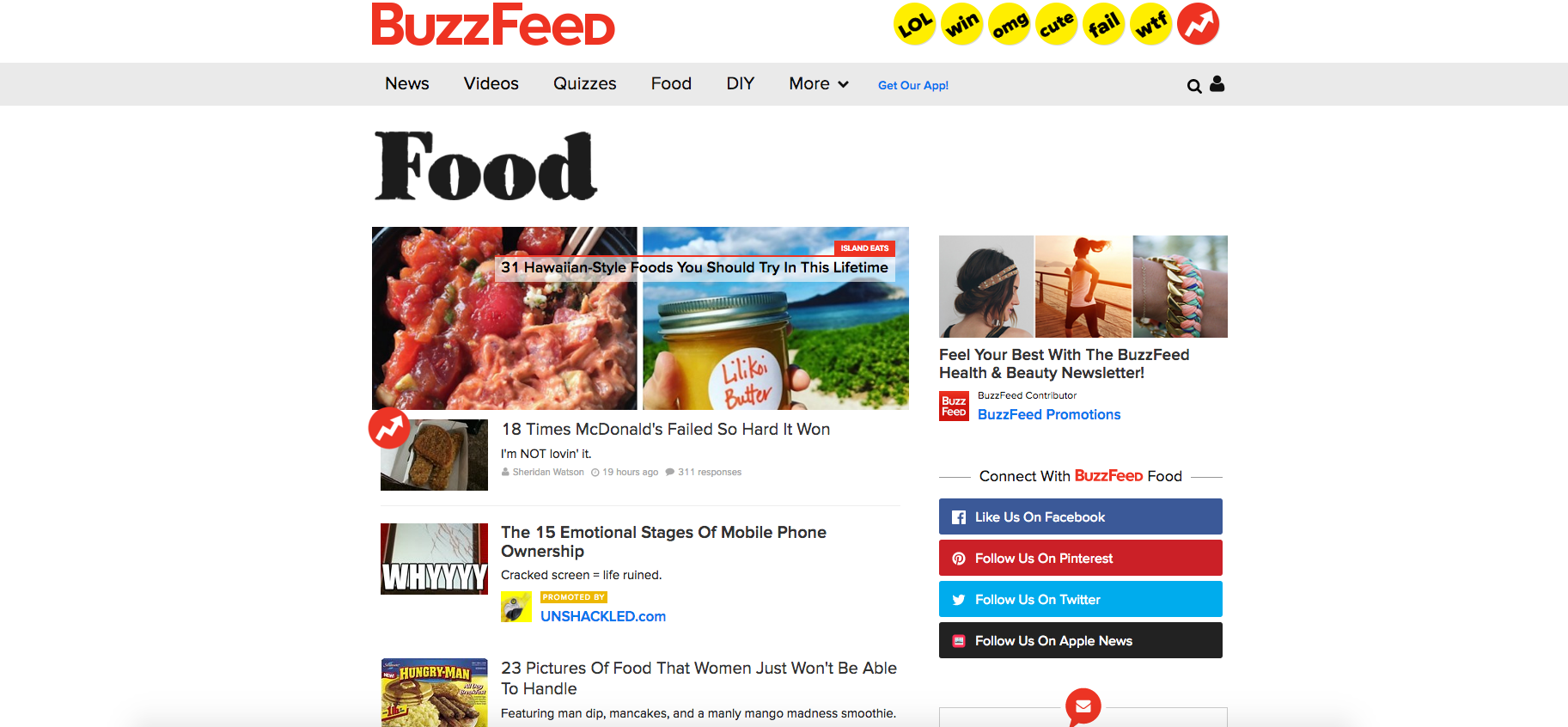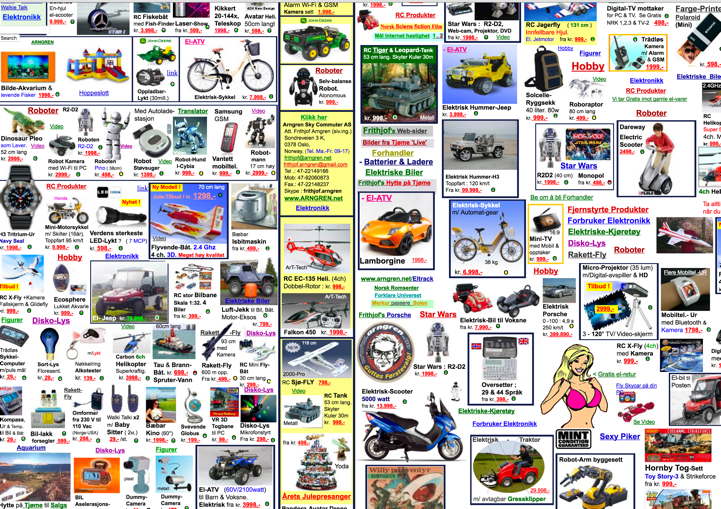You’d think people have better things to do than harass their competitors all day, but never underestimate a persistent troll. You may be asking yourself, is negative SEO even a reality? Do people really spend all day chasing links and spamming competitors in order to damage a competitor’s position on Google? Unfortunately, yes. There are still ‘professionals’ out there attempting to manipulate the system through what is known as ‘negative’ or ‘black hat’ SEO tactics.
SEO has come a long way; what was once a business built on hoarding suspect backlinks and spammy keywords has now reestablished itself on quality content and important link building. In this report, we will discuss why negative SEO, in terms of bad backlinking, exists, as well as looking at the implications it can have on your organic rankings and website objectives.
Real world examples are hard to get hold of, as no one wants to shout about it. So let’s discuss how to detect if your site is being trolled with negative SEO.
‘Why are there suddenly so many backlinks pointing to my web page?’

Perhaps your website sells dog biscuits and you notice numerous sites, from gambling to loans forums, which are completely unrelated to your product, linking to your site from countries around the world.
But why would a gambling site need to reference your dog biscuit website? They simply wouldn’t. And so the source of these links is likely untoward, and you’re probably a victim of negative SEO.
Pre Google’s 2012 Penguin update, building as many links as quickly as possible was the easiest way to show Google that your site should be in the top spots of its search results. Link farms existed meaning you could simply purchase backlinks by the billion. Since Google started issuing manual action and algorithmic penalties for these tactics, certain shady members of the industry were quick to realise that they were able to deploy a shadow of doom on unsuspecting competitors’ domains through the building of unnatural and unethical backlinks. These strategies would likely knock out visibility that a competitor once had.
‘What does a bad link look like vs. a good link?’
It will be pretty easy to point out the bad links but let’s take a broader look.
Good link:

Creditable websites such as BuzzFeed are a good example of high quality links that you want pointing to your site. Google understands these sites have greater authority and in-turn some of that authority is passed on to your site through the backlink meaning better rankings.
Bad link:

As colourful as it is these are the types of sites, if you’re having a clear-out of your backlinks, you’ll want to look out for. They aren’t all necessarily bad, but they certainly aren’t seen as authoritative in the eyes of Google.
‘Why are bad backlinks so bad?’
Here’s a brief explanation of why bad backlinks are a big no-no. We touched a little in the introduction about the negative SEO strategy of dodgy link building, and it used to work wonders. Google decided this was unnatural and wanted nothing to do with it, so they introduced the Penguin algorithm in 2012 to tackle any suspicious links and overnight, brands lost massive visibility – all the money they spent on unnatural backlinks was for nothing.

Please note: Not ALL badly designed sites are necessarily trolls. Unintentional negative SEO can come from the likes of automated harvesting sites, directories and listings where automated robots are often generating poor quality links.
‘How to I avoid bad backlinks?’
Don’t be disheartened, there are tools to stop bad backlinks linking to your site, however, it is in your best interest to constantly monitor the state of your backlinks. Google Webmaster Tools allows you to view the links to your site so you are able to achieve a decent understanding of what Google is seeing and utilising as quality links pointing back to your site.
With the magic of SEO tools such as Cognitive SEO and Majestic SEO you are again able to see the types of links pointing to your site and disavow them if need be. If the budget permits it, it’s useful to use a number of tools to fully grasp the backlink profile that exists on a domain.
Think of backlinks like your garden; you want to cultivate the flowers don’t you? Then take care to get rid of the weeds growing over from next door!
Any comments? Tweet us at add_mustard









